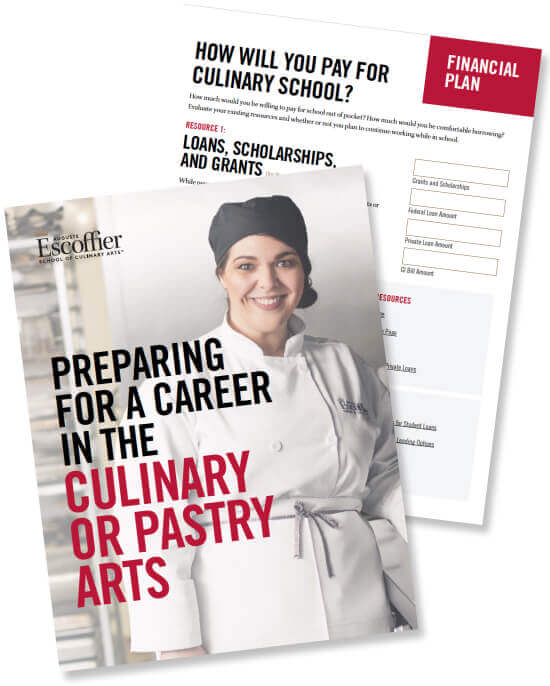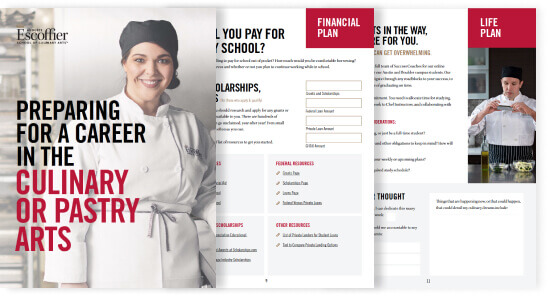For so much of your time in a culinary arts program, you’ll be learning skills and techniques passed down by chefs over hundreds of years. Once you’ve graduated, though, you’ll no doubt want to put your own mark on the food service industry, and the best way to do that is to develop your own unique recipes. However, that doesn’t mean simply running into the kitchen and flinging together ingredients in the hopes you land on something new and tasty. To develop recipes, pay heed to the following tips and hints:
Make some modifications
There are a wide array of dishes that have entered our shared dining experience. Meatloaf, hamburgers, tacos and casseroles, among others, are popular items that most chefs have at least some level of experience cooking. So, why not take some of these beloved dishes and give them a fresh new spin? You could make a burger patty out of wild boar or bison meat, both of which are rather uncommon options. Or, add in a little spicy kick – perhaps from cayenne peppers or curry, to your otherwise ordinary meatloaf mixture. You’re satisfying certain connections people have to these traditional meal options but breathing new life into old dishes with just a few minor adjustments.
Go outside your comfort zone
As a chef, there are bound to be a few ingredients that you’re most comfortable cooking. You may know how to properly season beef, or the best spices to add to really play up the basic flavors of tuna. While you should never leave these ingredients completely behind, it may be a good idea to experiment with entirely new ingredients . Leave aside your go-to fish of salmon or mackerel and try cooking with Mako shark or even orange roughy. If you use salt in most of your recipes, why not opt for something like the healthier cinnamon or the extra flavorful oregano? No matter what changes you make, you’re putting yourself in previously unseen territory, a place where many new ideas can grow.
Watch and learn
For many chefs, cooking can be a rather insular activity. These folks will spend hours in the kitchen dreaming up new ideas or ways to reinvigorate certain recipes. The issue with this approach is that isolation isn’t always conducive to creativity, and you can often feel alone with your thoughts. That’s why it’s a good idea to watch other chefs in action. It’s less about borrowing specific ideas or a technique or two. Instead, you want to observe someone else in the hopes that you’ll get inspired by their efforts as a whole. Along the way, don’t be afraid to ask questions of the other chef or to seek out clarity on why they made a certain decision. Just remember to always be courteous when in another chef’s kitchen space.
Practice to become perfect
Let’s say you’ve dreamed up some wild new recipe for peach cobbler. It’s an exciting take on an old favorite, and something you think will really wow future dinner guests. But how do you know for sure you’ve got a winner on your hands. Before ever taking this recipe into a proper meal service, it’s a good idea to cook your new recipe for a test group. These people can help you fine-tune this brave new pie by offering real-world, concrete advice. They’ll know what works and what doesn’t, and can be a great sounding board for any final improvements. Just be sure to actually listen, and don’t feel as if you’re being needlessly critiqued. It may be a good idea to have a couple such tests before officially rolling out your recipe.



